C'est fou comme le "corps parfait" a changé en 100 ans
par Nina Bahadur du The Huffington Post
publié le 11/02/2014
online huffingtonpost.fr
Une femme au corps parfait en 1930 obtiendrait aujourd’hui à peine un regard d’un producteur hollywoodien ou d’un agent de mannequins.
Le site Rehabs.com (consacré à la guérison de la dépendance et des troubles alimentaires) a travaillé avec l’agence Fractl sur un projet observant les origines de l’Indice de masse corporelle (IMC) et la façon dont le corps de la femme idéale avait changé avec le temps, comparé à la moyenne nationale. Et leurs résultats ont montré que les mannequins et les stars de cinéma deviennent de plus en plus minces, comparées à la femme américaine moyenne.
Bien que les mesures de l’IMC ne fassent pas la distinction entre graisses et muscles, ce qui ne les rend donc pas vraiment fiables pour établir si quelqu’un est obèse ou non, les données IMC par le passé donnent d’intéressants points de comparaison. Selon le Centre pour le contrôle et la prévention des maladies (CDC), l’IMC moyen des Américaines a régulièrement augmenté ces cinquante dernières années, passant de 24,9 en 1960 à 26,5 aujourd’hui.
De son côté, Rehabs.com a constaté que la différence entre le poids des mannequins et le poids moyen des Américaines est passée de 8 % en 1975 à plus de 23 % aujourd’hui. En bref, l’écart entre le corps de la femme idéale et de celle de tous les jours se creuse.
Tenant compte de cette disparité, des marques comme Dove, Debenhams et H&M se sont efforcées d’inclure des types corporels différents dans leurs catalogues et leurs publicités. Des organisations comme The Representation Project sont par ailleurs en train de sensibiliser les femmes et les jeunes filles aux médias et sur la façon dont elles doivent appréhender l’image sexualisée des femmes à la télévision, sur les panneaux d’affichage et sur Internet (il reste bien sûr encore beaucoup à faire).
En plus des efforts des enseignes et des organisations, revoir la femme "idéale" à travers le siècle dernier nous apprend combien la vision du "corps parfait" est subjective. Les sex-symbols ont varié en termes de silhouette, de taille, de poids et de musculature , de la taille de guêpe de Mae West à la Brindille Kate Moss. Même si la diversité de ces icônes est limitée – elles sont toutes blanches et aucune ne pourrait être qualifiée de mannequin grande taille – cela fait du bien de voir que différents types corporels ont été considérés sexy par le passé, et le seront probablement de nouveau un jour. Voici donc l’évolution du "corps idéal" depuis plus de 100 ans.
La Gibson Girl, 1900-1910
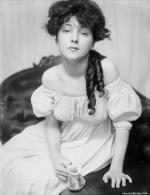
La "Gibson girl" est une création de l’illustrateur Charles Dana Gibson, une femme qui symbolisa l’idéal féminin au tournant du siècle. Gibson a décrit cette représentation – qui était grande avec une forte poitrine et de larges hanches, mais à la taille fine – comme un composite des jeunes femmes qu’il avait observées.
En 1910, il confia à un reporter du Sunday Times Magazine : "Je vais vous raconter comment j’ai obtenu ce que vous avez appelé la 'Gibson Girl.' Je l’ai vue dans les rues, je l’ai vue dans les théâtres, je l’ai vue dans les églises. Je l’ai vue partout et faisant tout. Je l’ai vue oisive sur la 5ème Ave, et active derrière les comptoirs des magasins."
La Garçonne, années 1920

Les garçonnes étaient connues pour leurs cheveux au carré, leurs robes courtes et leur comportement "scandaleux" comme fumer en public et conduire des voitures. Les garçonnes portaient rarement le corset, effaçant leurs poitrines et leur taille, et montraient souvent leurs chevilles ou genoux.
En 1920, un maître de conférence nommé R. Murray-Leslie a décrit les garçonnes comme : "Le type du papillon social… La garçonne frivole, légère et court-vêtue, joyeuse, irresponsable et indisciplinée, pour qui une danse, un nouveau chapeau ou un homme doté d’une voiture a plus d’importance que le sort de l’humanité."
Mae West, années 1930

La star d’Hollywood Mae West n’aurait pas pu être plus différente que les garçonnes. Elle soulignait sa taille et ses hanches, mettant en avant sa silhouette grâce à des vêtements moulants.
West aurait un jour dit : "Cultivez vos courbes – elles peuvent être dangereuses mais elles ne peuvent pas être ignorées."
Rita Hayworth, années 1940

Durant la Seconde Guerre mondiale, l’idéal s’est éloigné des courbes inaccessibles de Mae West et de l’attitude désinvolte de la Garçonne. Des stars comme Rita Hayworth affichaient une peau sans défaut et des corps minces, éclatants de santé, assez proches finalement de l’Américaine moyenne.
Marilyn Monroe, années 1950

Les sex-symbols des années 1950, comprenant Marilyn Monroe, Jayne Mansfield et Betty Page, étaient connues pour leurs jambes longues, et leur silhouette à la taille de guêpe mais au buste généreux. Des pin-up comme Sophia Loren et Brigitte Bardot transpiraient le glamour.
"Le corps est fait pour être vu, pas caché," a déclaré Marylin Monroe.
Twiggy, années 1960

Avec la révolution sexuelle, les années 1960 ont aussi marqué l’événement d’un nouvel idéal de beauté – mince et doté de longues jambes. Le mannequin de luxe Twiggy Lawson est ainsi devenue célèbre pour sa silhouette gracile et son look "androgyne" – un clin d’œil à l’idéal des garçonnes.
Twiggy s’est prononcée contre l’idéal de minceur tout en reconnaissant son propre rôle dans sa perpétuation. "J’étais un mannequin très très mince durant les années 1960, mais c’était naturel… C’est ce à quoi je ressemblais," a-t-elle expliqué au Huffington post en 2010. "Je mangeais normalement. J’ai toujours dit que je mangeais, et je ressemblais beaucoup à mon père qui était très maigre. Je pense donc que c’était génétique… Si, à 17 ans, vous faites 1 m 80, vous avez de grandes chances d’être mince."
Farrah Fawcett, années 1970
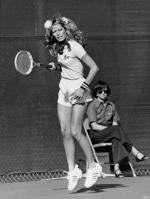
La femme idéale des années 1970 était bronzée, les cheveux libres et un corps svelte et musclé – un look athlétique avec un maquillage minimal ou "naturel". L’actrice Farrah Fawcett était considérée comme l’une des plus belles femmes de cette décennie.
Les années 1970 ont aussi vu l’apparition de l’anorexie chez un grand nombre de femmes s’efforçant de maigrir à tout prix.
Jane Fonda, années 1980

Alors que le type du corps athlétique gagnait en popularité, les "hardbodies" – des femmes minces très musclées – étaient considérées comme particulièrement attirantes. Etre maigre était idéal ; être mince et musclée était encore mieux. Selon Rehabs.com, 60 % des mannequins de Playboy dans les années 1980 pesaient 15 % de moins que le poids moyen recommandé pour leur taille.
L’actrice Jane Fonda a incarné cette folie pour le fitness et fut le symbole du "hardbody"- ses vidéos d’exercices d’aérobic se sont vendues à des millions d’exemplaires.
Les top-models ont aussi fait leurs débuts dans les années 1980, comme Naomi Campbell et Claudia Schiffer, dont les corps élancés et minces étaient loin de représenter le type corporel moyen de la femme américaine.
Kate Moss, années 1990

Dans les années 1990, les mannequins ont terriblement minci. Kate Moss et sa silhouette de brindille dans la campagne Calvin Klein de 1993 ont été l’origine de l’expression : "héroïne chic" – peau pâle, structure osseuse angulaire et membres très fins étaient désormais à la mode.
La déclaration de Moss est restée célèbre : "On ne se sent jamais aussi bien que mince."
Adriana Lima, début des années 2000

Les années 2000 nous ont amené le règne des Anges de Victoria Secret – des mannequins grandes, fines et élancées, dotées de fortes poitrines, aux cheveux fluides et aux corps sculptés. Le mannequin brésilien Adriana Lima est un Ange VS depuis l’an 2000.
Pour en apprendre plus sur le sujet, lisez l’étude complète sur Rehabs.com.


/image%2F1211268%2F20240504%2Fob_d6bf56_banner-mm-2024-05-spring-summer-1.jpg)
/image%2F1211268%2F20240410%2Fob_40c4f9_blog-gif-mm-niagara-1-3.gif)
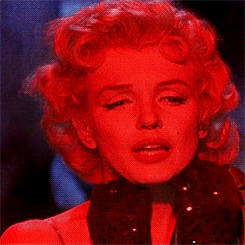
/image%2F1211268%2F20240417%2Fob_0b0d56_2024-03-lee-mexique.jpg)
/https%3A%2F%2Fstorage.canalblog.com%2F19%2F65%2F312561%2F91436129_o.jpg)
/https%3A%2F%2Fstorage.canalblog.com%2F57%2F63%2F312561%2F127743382_o.jpg)
/https%3A%2F%2Fstorage.canalblog.com%2F98%2F05%2F312561%2F84823731_o.jpg)
/https%3A%2F%2Fstorage.canalblog.com%2F01%2F63%2F312561%2F84814201_o.jpg)
/https%3A%2F%2Fstorage.canalblog.com%2F66%2F21%2F312561%2F82823948_o.jpg)
/https%3A%2F%2Fstorage.canalblog.com%2F32%2F31%2F312561%2F124125043_o.jpg)
/https%3A%2F%2Fstorage.canalblog.com%2F31%2F08%2F312561%2F71448014_o.jpg)
/https%3A%2F%2Fstorage.canalblog.com%2F34%2F90%2F312561%2F81829009_o.jpg)
/https%3A%2F%2Fstorage.canalblog.com%2F18%2F35%2F312561%2F61120383_o.jpg)
/image%2F1211268%2F20240410%2Fob_9f471d_blog-gif-mm-syi-1.gif)




















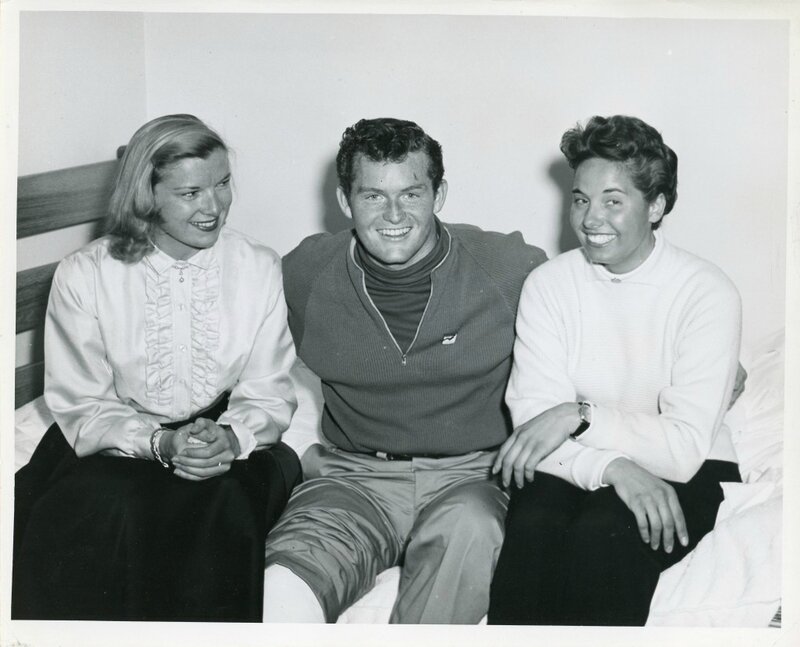
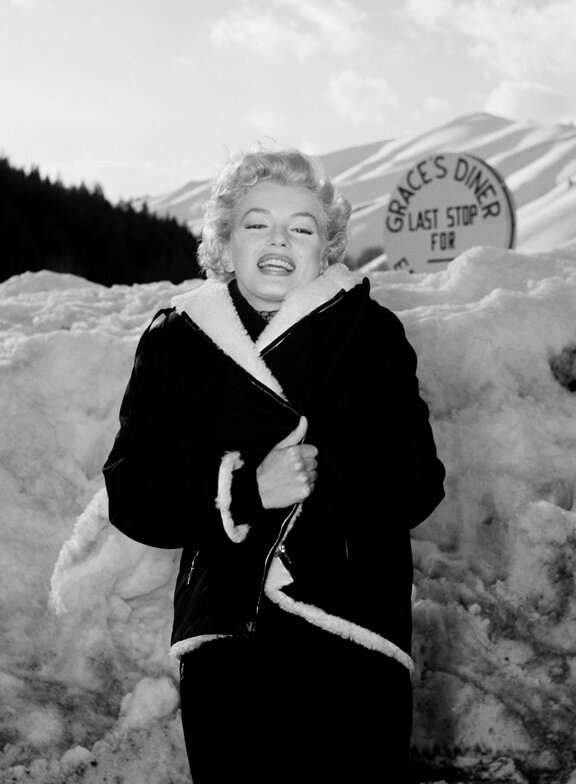







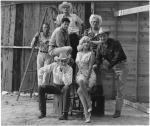
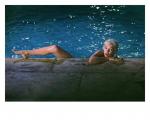

 Marilyn Monroe : ses pensées illuminent les planches
Marilyn Monroe : ses pensées illuminent les planches

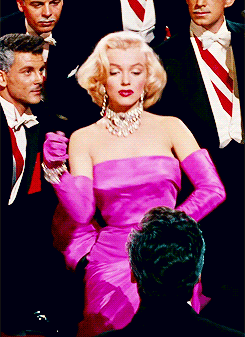
/image%2F1211268%2F20240229%2Fob_66f2c6_tag-mm-public-martin-lewis-show-1.png)
/image%2F1211268%2F20240410%2Fob_07cb4a_blog-gif-mm-stern-1.gif)
/image%2F1211268%2F20240504%2Fob_65c759_blog-gif-mm-premiere-3.gif)
/image%2F1211268%2F20240301%2Fob_735dec_blog-liens-culture.jpg)

/image%2F1211268%2F20240302%2Fob_e11252_blog-liens-friends-jane.gif)